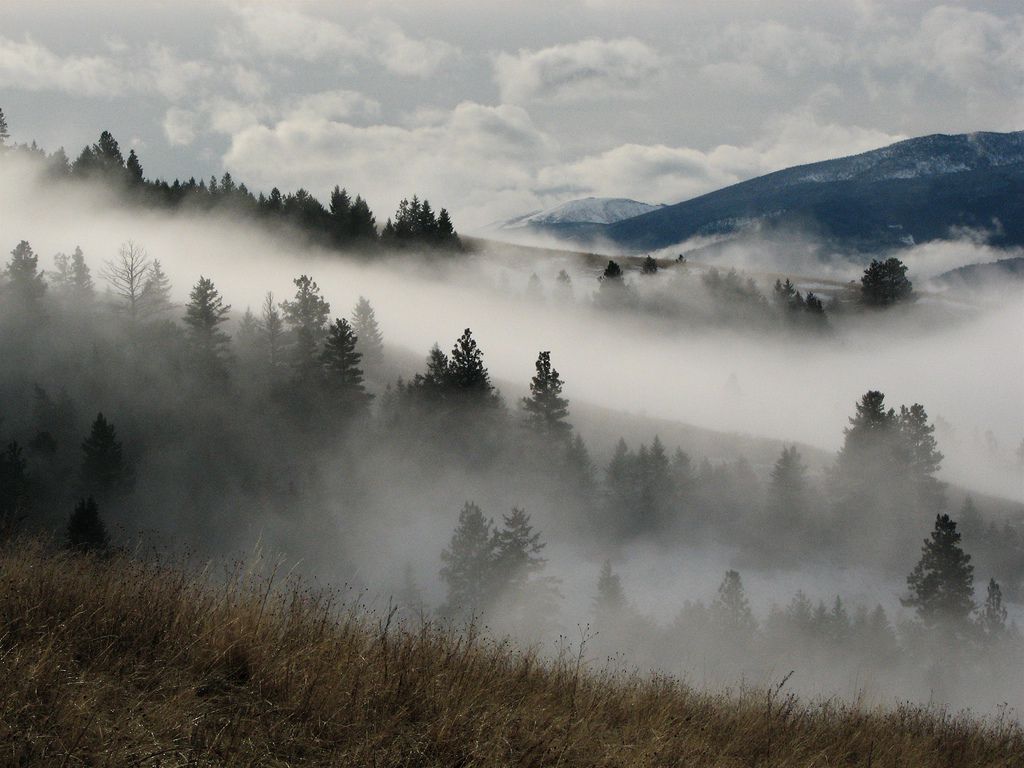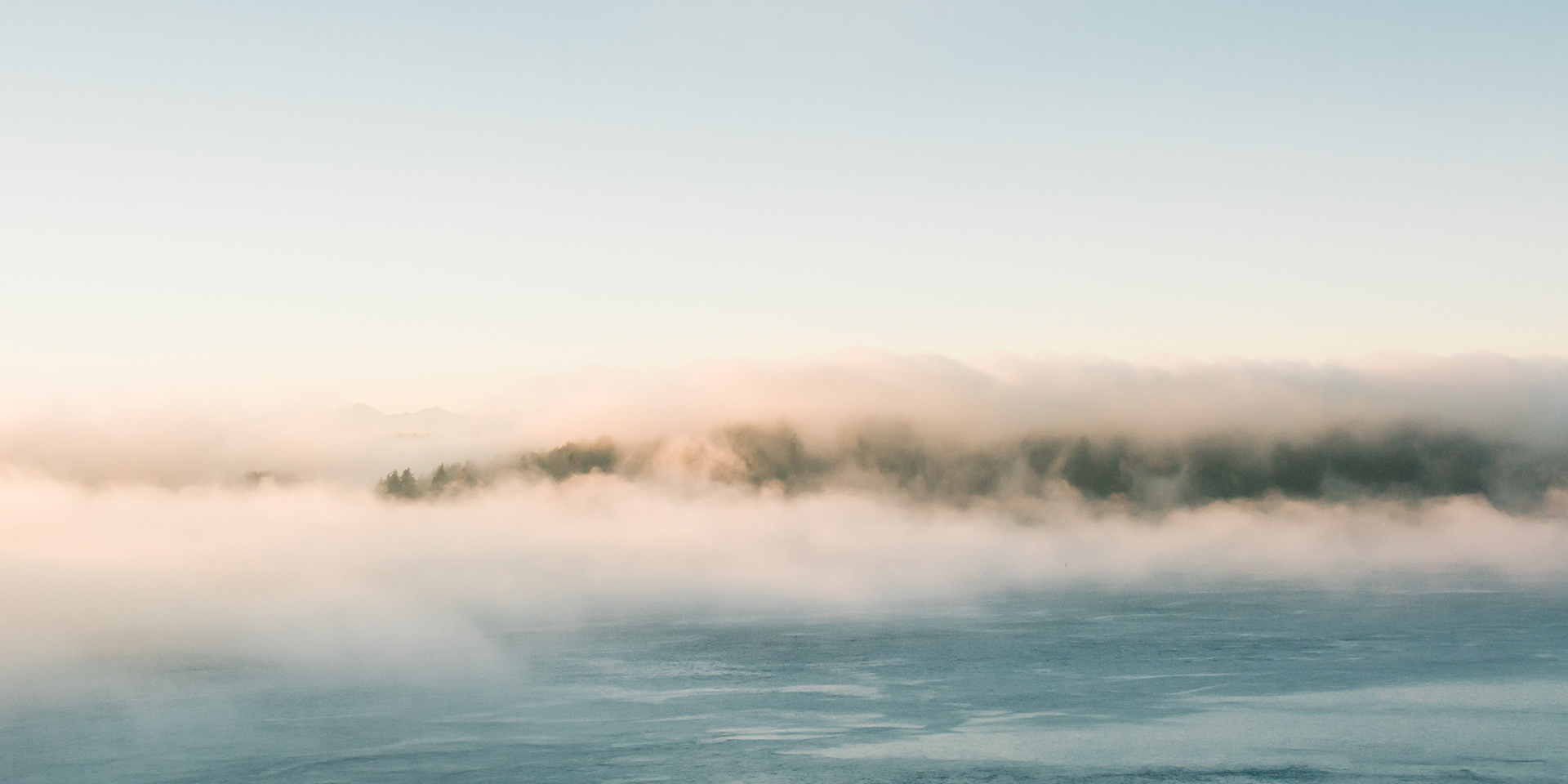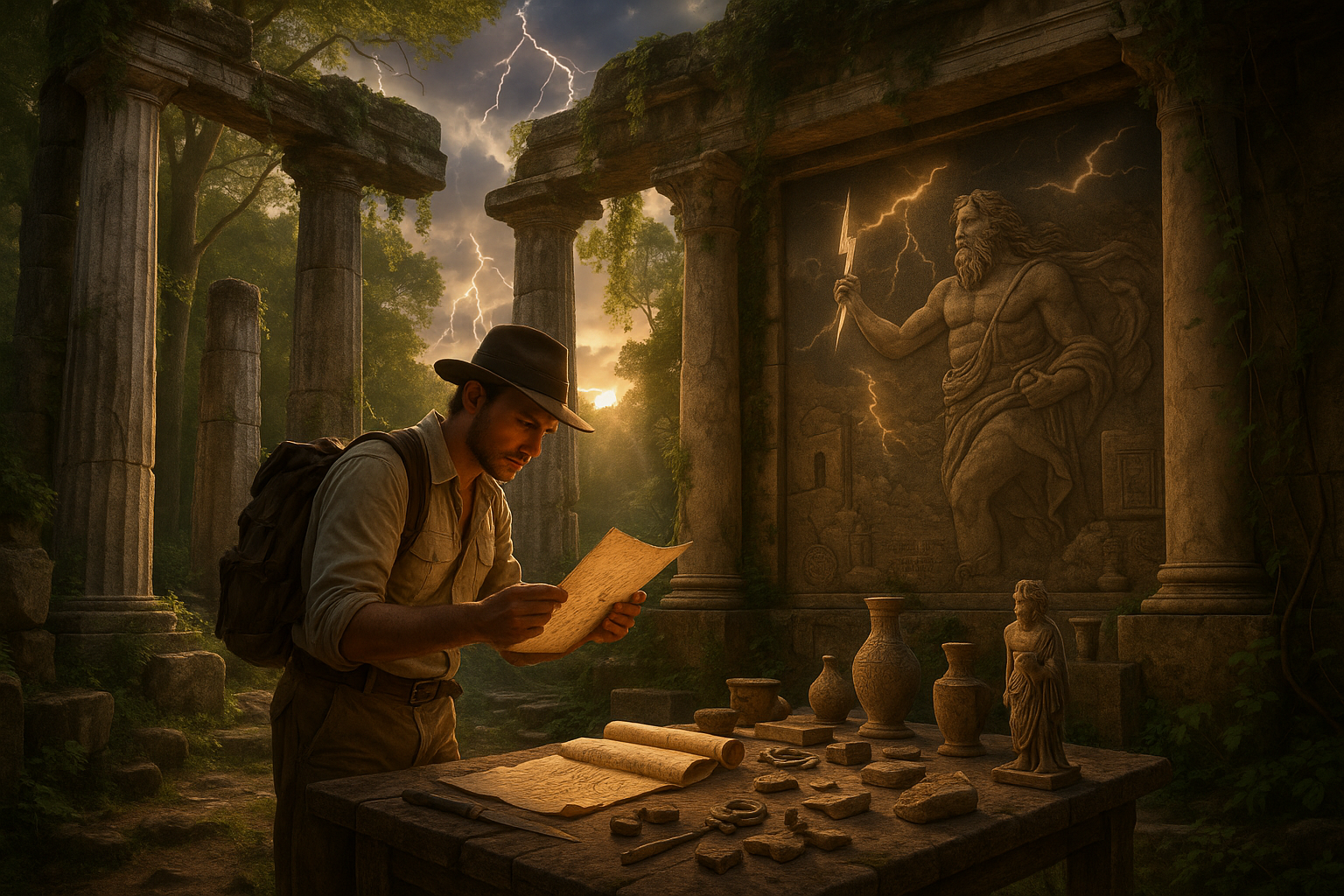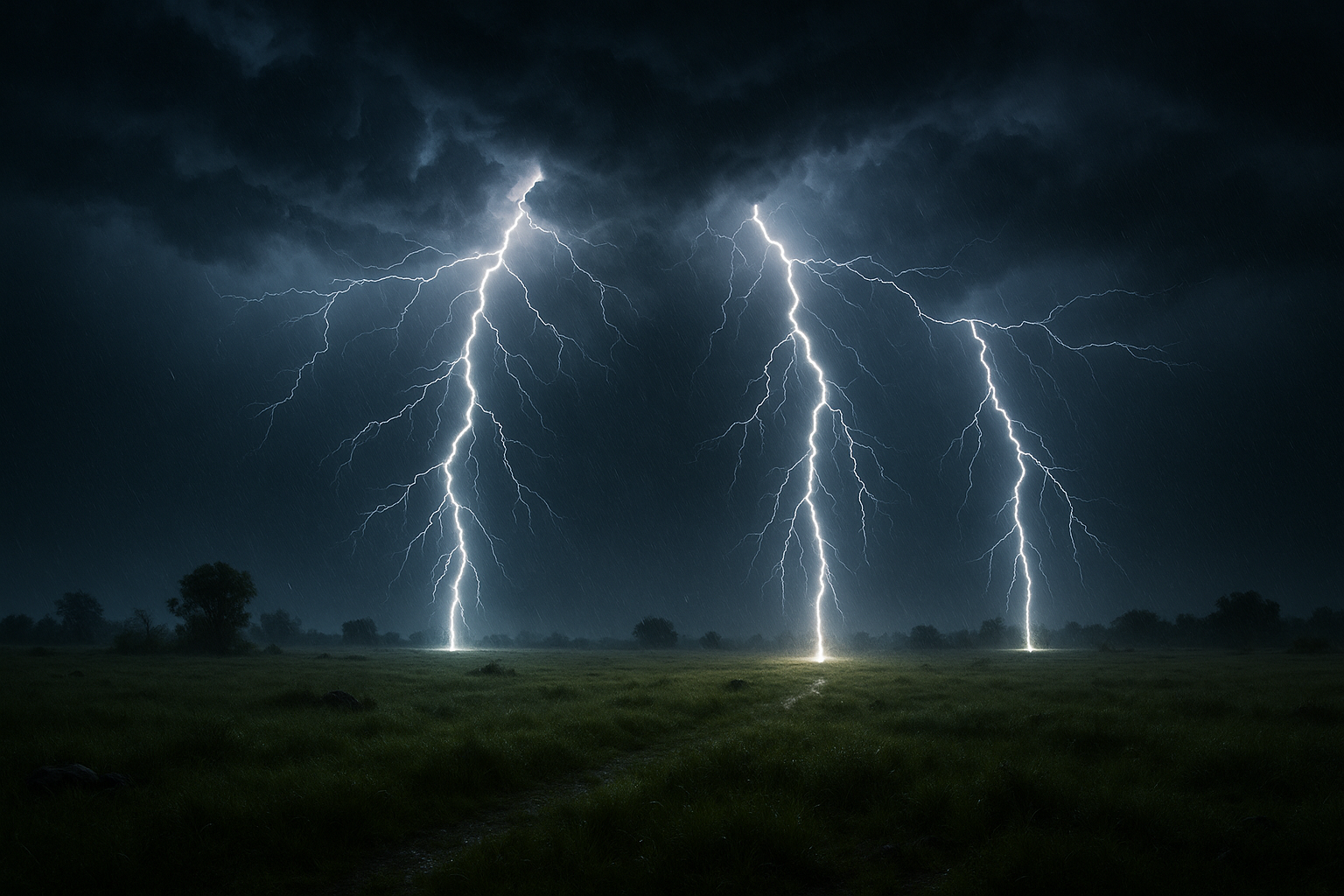In the ever-evolving realm of photography, where innovation constantly pushes the boundaries of what we can capture through a lens, there exists a technique so captivating it seems to almost defy the passage of time itself. Welcome to the mesmerizing world of time-stacked lightning frames, a method that allows photographers to seize the fleeting beauty of nature’s most electrifying displays in a single, breathtaking image. This isn’t just photography; it’s an art form that challenges us to see the natural world in a new light—quite literally. From the moment you witness a lightning storm, you’re not just observing an atmospheric phenomenon; you’re experiencing a dance of nature, a raw expression of the earth’s energy that, for a few seconds, paints the sky with vivid streaks of light and shadow. 🌩️
Capturing lightning is no small feat. It demands precision, patience, and a deep understanding of both the technical and artistic aspects of photography. The time-stacking technique amplifies this challenge by encouraging photographers to not just capture a single flash, but to compile multiple lightning strikes into one cohesive image. Imagine standing on a hilltop, camera poised and ready, as a storm rolls in. Each flash is a brushstroke, and with each click of the shutter, you’re layering these strokes to compose a masterpiece that reveals the storm’s narrative. The resulting images are not just photographs; they are a tapestry of time and light, a visual symphony that encapsulates the tempestuous beauty of nature in a way that a single shot simply cannot. This technique invites photographers to slow down, to immerse themselves in the rhythm of the storm, and to appreciate the fleeting moments that are often overlooked.
In this article, we will delve deep into the art and science of time-stacked lightning photography. We’ll explore the equipment you need to get started, from the right camera and lens to the software that brings your images to life. We’ll also discuss the ideal settings and conditions for capturing the most dramatic lightning shots, providing you with a step-by-step guide to mastering this technique. But this is more than a technical how-to; we’ll share inspiring stories and stunning examples from photographers who have harnessed this method to create works of art that both awe and inspire. Whether you’re a seasoned photographer looking to expand your skills or a nature enthusiast eager to see the world in a new light, this exploration of time-stacked lightning frames will equip you with the knowledge and inspiration to capture the beauty of nature in a flash. ⚡
Understanding the Magic of Time-Stacked Lightning Frames
In recent years, the art of photography has experienced an exhilarating evolution, embracing technological advances that allow us to capture nature’s most transient moments in unprecedented ways. Among these innovations is the technique known as time-stacked lightning photography, which involves combining multiple frames taken over a period of time to create a single image that highlights the beauty and power of lightning storms. This technique not only challenges photographers to hone their skills but also offers viewers a glimpse into the raw and mesmerizing beauty of nature’s electrical displays.
Time-stacked photography involves the merging of multiple exposures of the same scene. This technique is particularly effective for capturing lightning, as it allows photographers to combine several lightning strikes into a single frame, showcasing the storm’s intensity in a way that a single photograph cannot. To achieve this, photographers typically use a DSLR or mirrorless camera with manual settings, a sturdy tripod, and an intervalometer to take a series of shots over a set period. The final image is then compiled using photo editing software, such as Adobe Photoshop, where each frame is layered and blended together to highlight the lightning strikes.
The allure of time-stacked lightning photography lies in its ability to reveal patterns and details that are often missed by the naked eye. When multiple frames are combined, the result is a dramatic and dynamic image that captures the full spectrum of the storm’s energy. This technique not only provides a visual spectacle but also serves as a scientific tool, helping meteorologists and researchers study the behavior of lightning and its impact on the environment.
The Science Behind Lightning and Its Photographic Representation
Lightning is a powerful natural phenomenon characterized by the sudden discharge of electricity in the atmosphere, typically occurring during thunderstorms. This discharge can heat the air around it to temperatures hotter than the sun’s surface, creating a shock wave that we perceive as thunder. The photographic representation of lightning has always been a challenge due to its fleeting nature; however, time-stacked lightning frames offer a novel approach to capturing its beauty.
To effectively capture lightning, photographers must understand the science behind its formation and behavior. Lightning occurs when electrical charges build up in storm clouds, creating a difference in potential between the cloud and the ground or within the cloud itself. This difference can become so great that it causes a rapid discharge, resulting in a lightning strike. By using time-stacking, photographers can capture multiple strikes over several seconds or minutes, providing a more comprehensive view of the storm’s activity.
Time-stacked lightning photography also requires careful planning and execution. Photographers must choose their location wisely, considering both safety and the visual potential of the storm. Open areas with an unobstructed view of the sky are ideal, and photographers should always keep a safe distance from the storm to avoid the risk of being struck by lightning. Additionally, understanding the storm’s movement and timing is crucial to capturing the best possible images.
Technical Insights: Equipment and Techniques for Time-Stacked Lightning Photography
The success of time-stacked lightning photography hinges on the right combination of equipment and techniques. At the heart of this process is the camera, which must be capable of shooting in manual mode to adjust settings such as aperture, shutter speed, and ISO. A wide-angle lens is often preferred, as it allows for the capture of a broader view of the storm and increases the chance of including multiple lightning strikes in a single frame.
A stable tripod is essential for keeping the camera steady during long exposures, minimizing the risk of motion blur. An intervalometer is another crucial tool, as it automates the shooting process, allowing the camera to take a series of shots at predetermined intervals. This is particularly useful for capturing lightning, as it ensures that multiple frames are captured over the duration of the storm.
Once the images are captured, the post-processing phase begins. This involves selecting the best frames and using photo editing software to stack them together. By adjusting the blending modes and opacity of each layer, photographers can emphasize the lightning strikes and create a cohesive image that showcases the storm’s power. This process requires both technical skill and artistic vision, as photographers must balance the composition and lighting to produce a striking final image.
Comparative Table: Time-Stacked Lightning Photography vs. Traditional Lightning Photography
| Aspect | Time-Stacked Lightning Photography | Traditional Lightning Photography |
|---|---|---|
| Image Composition | Combines multiple strikes into one image for a dramatic effect | Captures a single lightning strike at a time |
| Equipment Required | DSLR/Mirrorless camera, wide-angle lens, tripod, intervalometer | DSLR/Mirrorless camera, tripod, possibly remote shutter release |
| Post-Processing | Requires advanced photo editing skills to blend images | Minimal editing; focus on single-frame capture quality |
| Visual Outcome | Enhanced representation of storm’s power | Realistic capture of individual lightning event |
Applications and Impact of Time-Stacked Lightning Photography
The impact of time-stacked lightning photography extends beyond the realm of art, offering significant contributions to science, education, and environmental awareness. By providing a comprehensive view of lightning activity, these images serve as valuable tools for meteorologists and researchers studying storm behavior. This technique can reveal patterns and trends that help in understanding the frequency, intensity, and distribution of lightning strikes.
In educational settings, time-stacked lightning photography serves as a powerful visual aid, engaging students and enhancing their understanding of meteorological phenomena. By visualizing the complexity and beauty of lightning, educators can inspire curiosity and foster a deeper appreciation for the natural world. This technique can also be used in public awareness campaigns, highlighting the importance of safety during thunderstorms and promoting environmental conservation.
For photographers and artists, time-stacked lightning frames offer a unique creative outlet, pushing the boundaries of traditional landscape photography. By combining technical skill with artistic vision, photographers can create images that evoke emotion and captivate audiences. These photographs not only showcase the beauty of nature but also remind viewers of the powerful forces at play in the natural world.
Watch the Power of Lightning Unfold
If you’re intrigued by the artistry and science behind time-stacked lightning photography, we invite you to watch an enlightening video on this captivating technique. This video, titled “Capturing Lightning Like Never Before” from the YouTube channel “The Art of Photography,” dives deep into the process, offering insights and inspiration for both amateur and professional photographers. Watch here.
Conclusion
Unleashing the power of time-stacked lightning frames to capture the beauty of nature is not just a technical feat, but an artistic journey that bridges the gap between the transient and the eternal. As we’ve explored throughout this article, the process of creating these awe-inspiring images involves more than just a camera and a stormy sky; it demands a confluence of timing, skill, and a deep appreciation for nature’s fleeting spectacles.
Firstly, we discussed the technical aspects of capturing lightning, emphasizing the importance of equipment and settings. A sturdy tripod, a camera with manual settings, and a wide-angle lens form the cornerstone of this endeavor. We delved into the specifics of camera settings, highlighting the need for long exposures and proper ISO settings to effectively capture the intricate details of each lightning strike. Additionally, we examined the significance of safety, stressing the need for photographers to prioritize their well-being amidst nature’s electrifying displays.
We then ventured into the artistic realm, exploring how photographers can creatively stack multiple frames to depict a narrative that a single image could never tell. This technique not only amplifies the visual impact but also encapsulates the dynamic energy and chaotic beauty of a storm in a way that resonates with viewers. The beauty of time-stacked lightning photography lies in its ability to transform volatile moments into a harmonious composition, offering a unique perspective that showcases both the power and elegance of nature.
Moreover, we explored the broader implications of this art form in environmental awareness and education. By capturing and sharing these stunning images, photographers can inspire a greater appreciation for natural phenomena and foster a deeper understanding of meteorological processes. This, in turn, can lead to increased interest in environmental conservation and scientific exploration, illustrating the profound impact that art can have on society.
As we conclude, it is important to reinforce the significance of this theme. Lightning photography is more than a hobby; it is a testament to human curiosity and the relentless pursuit of capturing the sublime. It challenges us to observe the world from a different angle, to appreciate the ephemeral moments that often go unnoticed, and to find beauty in chaos. In an age where digital technology allows us to manipulate and create realities, capturing real, unaltered moments becomes even more valuable.
We encourage you, our readers, to take what you’ve learned and apply it. Whether you are an aspiring photographer eager to try your hand at this art form, or a seasoned professional seeking new inspiration, the stormy skies offer endless possibilities. Share your experiences, connect with fellow enthusiasts, and continue to explore the natural wonders that surround us. By doing so, you contribute to a community that values both the artistic and scientific exploration of our world.
Feel free to share this article with others who might be interested in the breathtaking world of lightning photography. Your engagement not only spreads knowledge but also fosters a greater appreciation for the natural world and the art of capturing its fleeting moments.
Let this be a call to action: to pick up your camera, embrace the storms, and unleash the power of time-stacked lightning frames. 🌩️📷 Your journey into capturing the extraordinary is just a flash away.
For more information on lightning photography and safety tips, visit National Geographic’s Photography Tips or Photographing Lightning Safely. Let’s continue to explore and appreciate the beauty of nature together.
Toni Santos is a visual storyteller and artisan whose creations celebrate the poetry of the natural world. Through his thoughtful artistic lens, Toni captures the elegance of botanical forms, transforming them into meaningful expressions of symbolism, resilience, and timeless beauty.
His journey is deeply rooted in a passion for flora and the mysteries they carry. From the shape of a petal to the curve of a vine, each design Toni brings to life reflects a deeper narrative — one of growth, transformation, and harmony with nature. Whether crafting symbolic floral jewelry, enchanted botanical illustrations, or seasonal visual studies, Toni’s work evokes the quiet magic found in Earth’s most delicate details.
With a background in handcrafted artistry and visual design, Toni blends technique with intention. His creations do more than decorate — they speak, often inspired by ancient meanings behind flowers, the cycles of the seasons, and the invisible bonds between nature and spirit.
As the creative voice behind Vizovex, Toni shares this botanical journey with the world, offering curated stories, handcrafted collections, and thoughtful articles that help others reconnect with nature’s symbolism and artistic essence.
His work is a tribute to:
The quiet power of flowers and their messages
The art of visual symbolism in everyday life
The beauty of slowing down to see what’s hidden in plain sight
Whether you’re an artist, a nature lover, or someone drawn to the deeper meanings behind the natural world, Toni welcomes you to explore a space where aesthetics meet soul — one petal, one story, one creation at a time.





